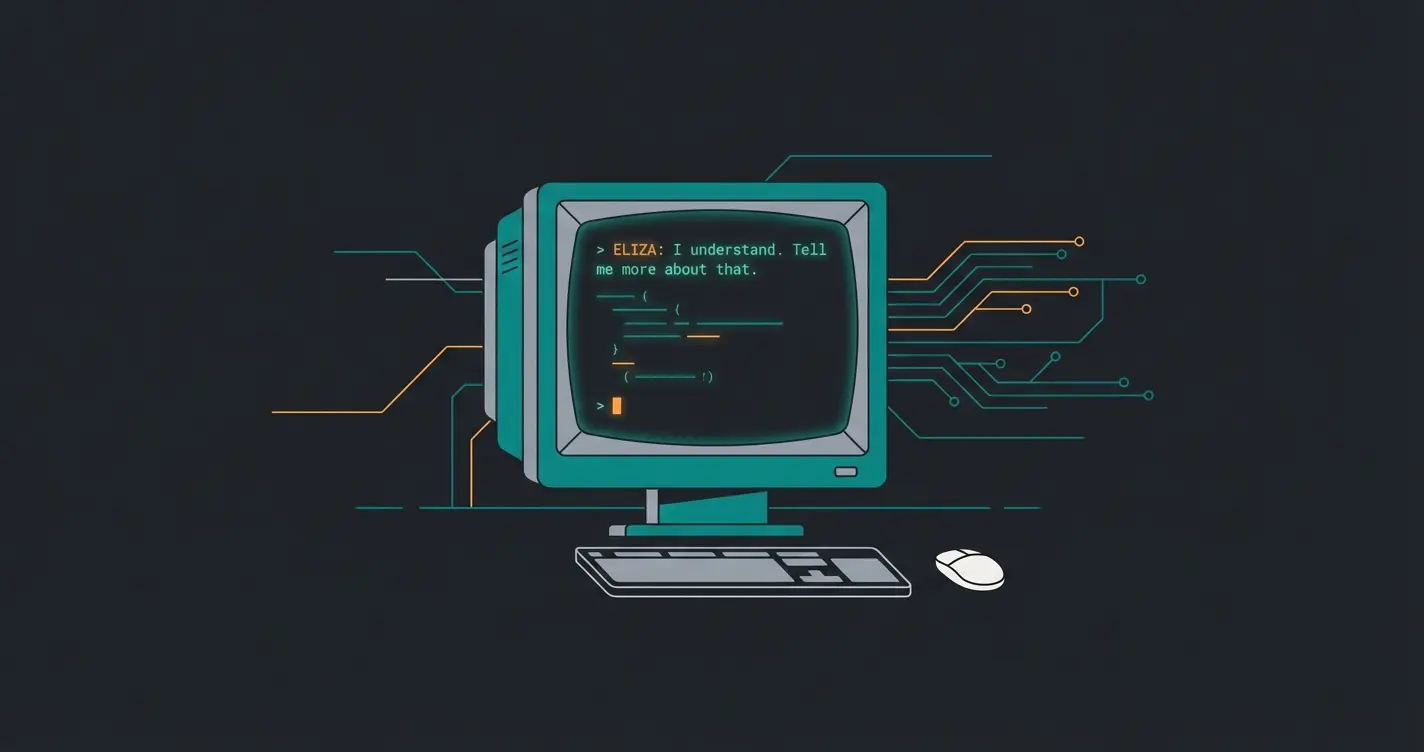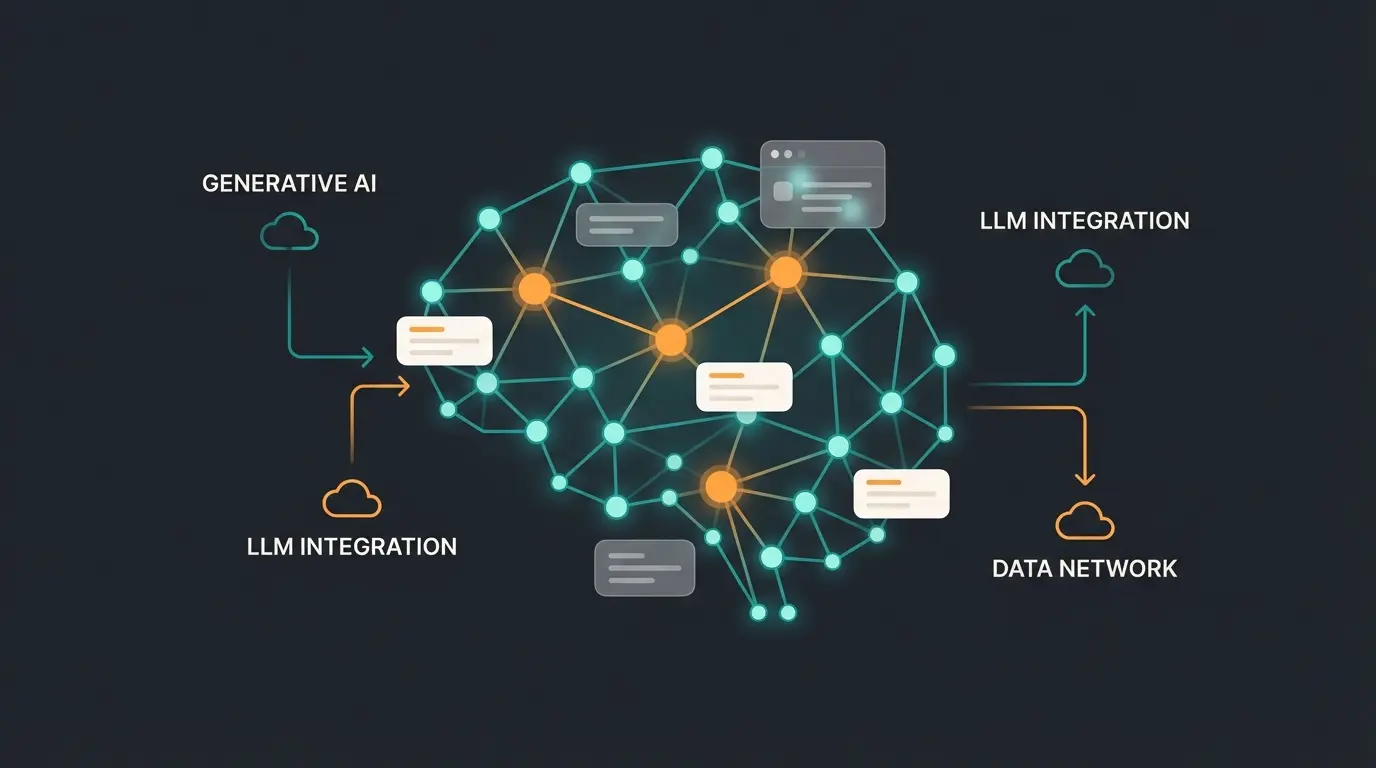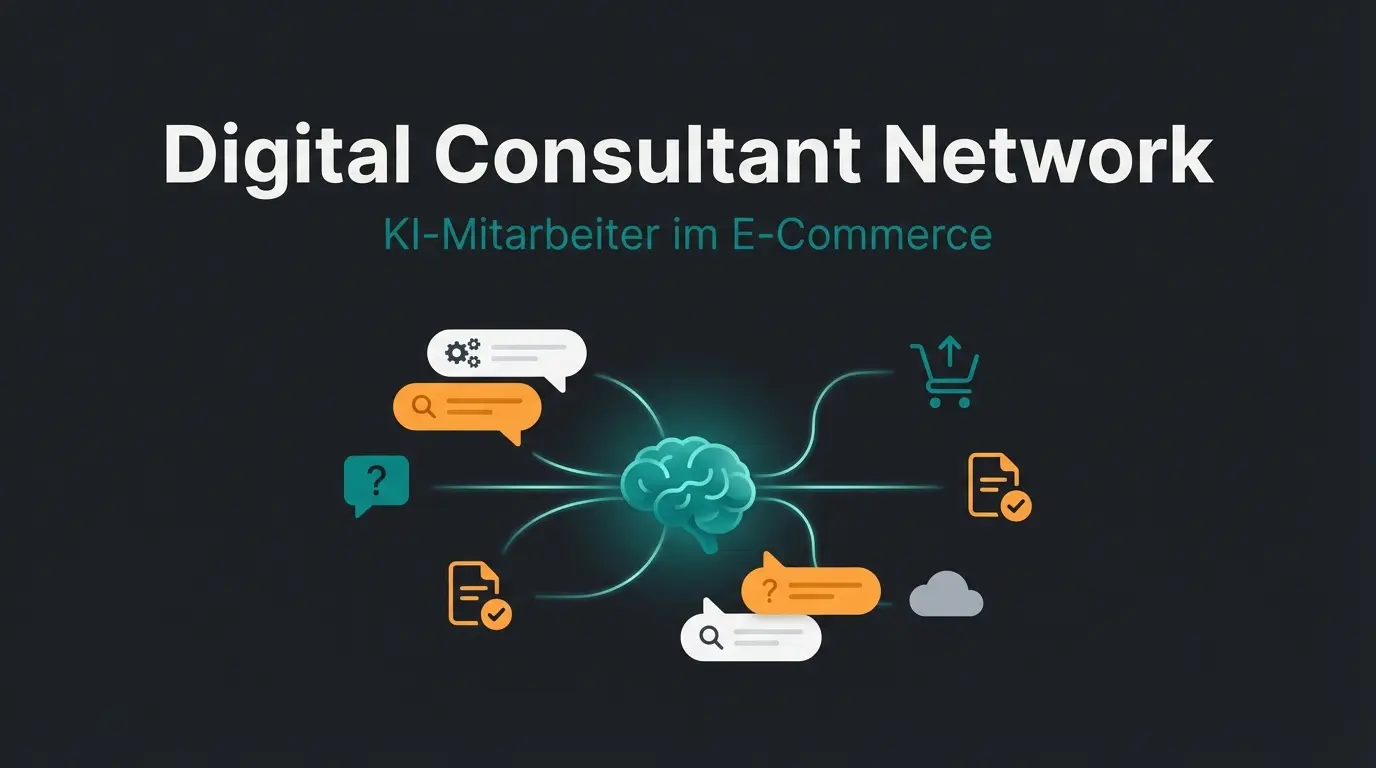Introduction: From Simple Systems to AI-Supported Assistants
The development of chatbot technology has made an impressive journey over the last few decades. From the first rule-based systems to today's AI-supported assistants, the way we communicate with machines has changed fundamentally.
Chatbots have become an integral part of modern communication. They support companies in customer care, facilitate access to information, and offer personalized experiences for users worldwide. Advances in areas such as Natural Language Processing (NLP), Machine Learning, and Artificial Intelligence have enormously expanded the capabilities of chatbots.
In this article, we will trace the fascinating evolution of chatbot technology. We start with the early rule-based systems, look at the integration of NLP and Machine Learning, and end with the latest AI-supported conversational interfaces. We will also look at the commercial history—why businesses adopted them—and the future perspectives of this technology.
The Beginnings of Chatbot Technology (1950–1980)
Long before Siri or ChatGPT, the question was simply: "Can machines think?" The goal of early pioneers wasn't necessarily to help you buy shoes, but to test the boundaries of imitation.
Early Rule-Based Chatbots
The history of chatbots begins in the 1960s with the development of ELIZA. This program, developed by Joseph Weizenbaum at MIT in 1966, is considered one of the first attempts to pass the Turing Test. ELIZA simulated a conversation with a psychotherapist by using simple pattern recognition techniques to extract keywords from the user's input and give pre-fabricated answers based on them.
It is worth noting that Weizenbaum was a German-American computer scientist, and his creation was intended to show the superficiality of communication between man and machine, though users often attributed human-like feelings to it.

Another significant milestone was PARRY, developed in 1972 by Kenneth Colby at Stanford University. PARRY simulated the behavior of a patient with schizophrenia and was more complex in its functionality than ELIZA. However, both systems were based on predefined rules and patterns, which severely limited their flexibility and adaptability.
Limitations of the First Generation
Despite their groundbreaking nature, these early chatbots had significant limitations. The pattern-matching approach used by ELIZA and PARRY was innovative but also very limited. These systems could only react to predefined input patterns and had no real understanding of the context or the meaning of the conversations.
- Lack of flexibility: The chatbots could only react to pre-programmed questions and scenarios.
- No context understanding: They could not grasp the broader context of a conversation or react to it.
- Limited learning ability: The systems could not learn from interactions or adapt to new situations.
- Superficial answers: They often gave general or evasive answers when they did not understand an input.
These limitations made it clear that more advanced technologies were required for truly natural and useful conversations with machines. This paved the way for the next generation of chatbots based on Natural Language Processing and later on Machine Learning and Artificial Intelligence.
ELIZA & PARRY. Goal: Trick the human into thinking it's real. No commercial utility.
Siri & FAQ Bots. Goal: Retrieve static information. High user frustration due to rigid rules.
Generative AI. Goal: Solve complex problems, advise on products, and drive sales.
Natural Language Processing (NLP) Revolutionizes Chatbots
The introduction of Natural Language Processing (NLP) marked a significant advance in the development of chatbots. This technology allowed systems to better understand human language and communicate more naturally.
NLP Extensions for Chatbots
NLP forms the basis for the improved language understanding of modern chatbots. It enables them to capture context and nuances in human communication. An example of the use of more advanced NLP techniques is A.L.I.C.E. (Artificial Linguistic Internet Computer Entity), developed in 1995. A.L.I.C.E. used an extended pattern-matching system that could be continuously updated to improve conversation skills.
Advances in Language Understanding
The integration of NLP led to significant improvements in chatbot response generation. They could now understand more complex sentence structures and provide contextual answers. Another notable example is Jabberwacky, which went online in 1997. Jabberwacky used contextual pattern matching to enable more natural conversations and learn from interactions with users.
Around the turn of the millennium, we also saw the rise of SmarterChild, a chatbot available on AIM and MSN Messenger. For many millennials, this was the first interaction with a bot that offered utility—checking stock prices, movie times, and weather—hinting at the commercial future of the technology.
The Era of Assistants and the "Support Hype" (2010–2018)
While NLP improved understanding, the 2010s brought the "Frustration Phase" of commercial chatbots. This era was defined by mobile assistants and the mass adoption of rigid customer support bots.
Integration into Conversational AI Platforms
The integration of chatbots into Conversational AI platforms led to powerful virtual assistants. Some of the most famous examples are:
- Siri: Introduced by Apple in 2010, Siri revolutionized the way we interact with our devices.
- Google Now: Launched in 2012, Google Now offered contextual information based on user habits and preferences.
- Alexa: Introduced by Amazon in 2014, Alexa established itself as a leading voice-controlled assistant for Smart Home applications.
The Problem with Early Commercial Bots
During this period, companies flooded their websites with "FAQ Bots" (often simple button-click bots). While the intention was to automate support, the result was often user frustration. These rule-based bots could not deviate from their script. If a user asked a question slightly differently than programmed, they entered the dreaded "Sorry, I didn't get that" loop. This created a stigma around chatbots that modern AI is still working to overcome.
Is your current chatbot stuck in the 'Support Hype' era? Upgrade to a true AI consultant.
See the DifferenceMachine Learning: Self-Learning Chatbots
The next big leap in chatbot technology came with the integration of Machine Learning (ML). This development led to chatbots that could learn from interactions and continuously improve their performance, moving away from static rules.
Integration of Machine Learning
Machine Learning allows chatbots to learn from data and improve their performance over time. The basic principles of machine learning in chatbots include:
- Pattern Recognition: Identification of recurring structures in user inputs.
- Prediction Models: Development of algorithms to predict appropriate answers.
- Continuous Learning: Adaptation and improvement based on new interactions.
By analyzing user interactions, ML-based chatbots can refine their answers and recommendations. This leads to more precise and relevant advice, such as that used in AI-supported product consultation.
The Revolution: Generative AI and LLMs (Since 2020)
We are now in the golden age of Conversational AI. The shift has moved from "matching keywords" to "understanding intent."
Large Language Models like GPT
The recent revolution in chatbot technology was initiated by the introduction of Large Language Models (LLMs) like GPT (Generative Pre-trained Transformer). These AI systems have raised chatbot capabilities to a new level. GPT-based chatbots are characterized by a profound understanding of natural language and the ability to generate contextual and coherent answers.

A milestone in this development was the introduction of ChatGPT in 2022. This model impressively demonstrated how far AI technology is capable of holding human-like conversations. ChatGPT can not only answer questions but also explain complex topics, generate creative content, and even assist in problem-solving.
The development of this technology is progressing rapidly. Future versions like GPT-5 promise even more powerful and versatile chatbots that will further blur the line between artificial and human intelligence.
| Feature | ELIZA (1966) | Rule-Based Bots (2015) | Generative AI (Today) |
|---|---|---|---|
| Technology | Pattern Matching | Keywords & Decision Trees | LLMs & Neural Networks |
| Context Memory | None | Very Limited | High (Contextual) |
| Primary Goal | Simulation / Trickery | Support / FAQ | Consultation / Sales |
Deep Learning and Multimodal AI Systems
Alongside Generative AI, the integration of Deep Learning and neural networks marks a turning point. These advanced technologies allow chatbots to recognize complex language patterns and generate contextual answers.
Complex and Contextual Conversations
With the introduction of Deep Learning-based chatbots, the quality of conversations has improved significantly. An outstanding example is Mitsuku, a chatbot that has won the Loebner Prize for the most human-like conversation multiple times.
Mitsuku demonstrates impressive capabilities in maintaining context over longer conversations and displaying a consistent personality. This shows how far chatbots have come from their early, rule-based predecessors.
Multimodal Capabilities
Another forward-looking trend is multimodal AI systems. These systems go beyond pure text processing and integrate various forms of input such as text, speech, and visual data. In customer support, they could analyze product images and give specific recommendations, or in healthcare, recognize visual symptoms.
The Future is Now: From Support Bot to Product Consultant
This is the most critical shift in the history of chatbots: the transition from Reactive (Support/FAQ) to Proactive (Consultation/Sales). Previously, a bot could tell you the return policy. Today, it can ask you about your skin type and recommend the perfect moisturizer.
Improving Customer Experience
The evolution of chatbot technology has profound effects on customer experience. Modern AI-supported chatbots offer advantages that fundamentally change the interaction between companies and customers:
- Availability: 24/7 service without waiting times.
- Speed: Instant answers to customer inquiries.
- Consistency: Consistent quality of answers, regardless of the time of day.
AI chatbots are revolutionizing customer interaction through their ability to analyze and use large amounts of customer data. This enables highly personalized advice and tailored product recommendations. Customers receive relevant information and solutions tailored to their individual needs, leading to significantly improved customer satisfaction.
Efficiency Increase for Companies
By taking over repetitive tasks through AI chatbots, customer service staff are relieved and can concentrate on complex, value-adding tasks. This leads not only to cost savings but also to an increase in employee satisfaction and productivity.
Furthermore, the data collected by chatbots allows companies to better understand customer trends and preferences. These insights can be used to improve products, services, and marketing strategies, ultimately leading to increased customer loyalty and business success.
Joseph Weizenbaum invented the first chatbot, ELIZA, in 1966 at MIT. It was designed to simulate a psychotherapist using pattern matching.
Rule-based chatbots follow a strict script and keyword matching (if X, say Y). AI chatbots use Natural Language Processing (NLP) and Machine Learning to understand intent, context, and nuance, allowing for dynamic conversations.
Early commercial chatbots (2010-2018) often failed because they were rigid and rule-based. If a user deviated from the script, the bot couldn't understand, leading to frustration.
Modern AI chatbots act as digital consultants. They ask qualifying questions, understand customer needs, and recommend specific products, similar to a human sales associate in a store.
Don't settle for a history lesson. Implement the future of AI sales consultation on your website today.
Start Your Transformation
